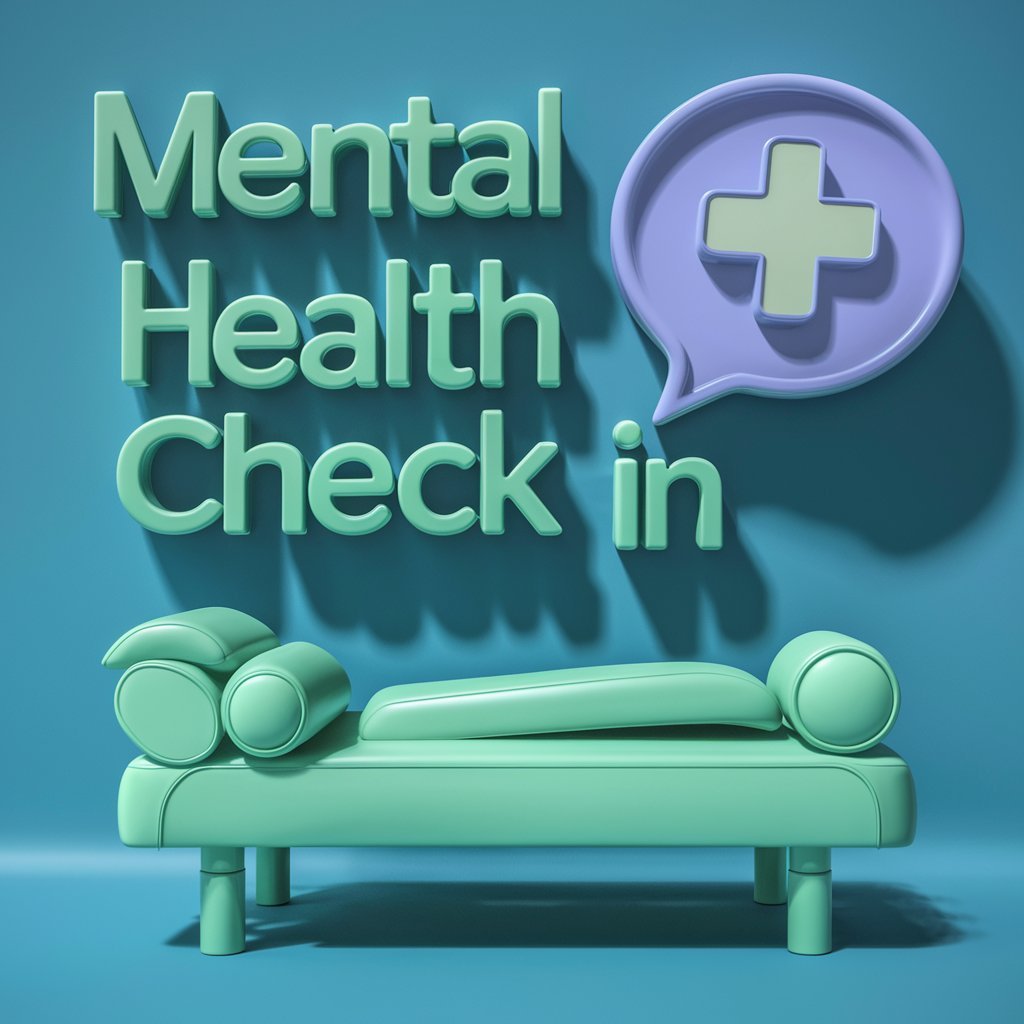Accidents and emergencies can happen at any time, and it’s essential to be prepared. Having a safety plan in place can help your household know what to do in case of an emergency and ensure everyone’s safety. Here are some reasons why having a safety plan is crucial for every household:
1. Be Prepared for Emergencies
Having a safety plan in place can help you and your family react quickly and effectively in case of an emergency. Whether it’s a fire, earthquake, flood, or any other disaster, knowing what to do and where to go can make all the difference in ensuring everyone’s safety.
2. Protect Your Loved Ones
A safety plan can help protect your loved ones from harm. By discussing and implementing safety measures, you can reduce the risk of accidents and injuries in your home. Whether it’s installing smoke detectors, practicing fire drills, or creating an emergency contact list, these steps can help keep your family safe.
3. Peace of Mind
Having a safety plan in place can provide peace of mind to you and your family. Knowing that you have a plan in case of an emergency can help reduce anxiety and stress. It can also give you confidence that you can handle any situation that may arise.
Tips for Getting Started
Now that you understand why having a safety plan is essential, here are some tips for getting started:
1. Identify Potential Hazards
Walk around your home and identify potential hazards that could pose a risk to your family. This could include things like sharp objects, tripping hazards, or flammable materials. Once you have identified these hazards, take steps to eliminate or reduce them.
2. Create an Emergency Kit
Put together an emergency kit that includes essentials like food, water, medications, first aid supplies, flashlight, and batteries. Make sure everyone in your household knows where the emergency kit is located and how to access it in case of an emergency.
3. Develop an Evacuation Plan
Plan and practice an evacuation route with your family in case you need to leave your home quickly. Make sure everyone knows where to meet outside and have a designated meeting spot in case you get separated. Practice the evacuation plan regularly to ensure everyone remembers what to do.
4. Communication is Key
Ensure everyone in your household knows the safety plan and their responsibilities in case of an emergency. Make sure to discuss the plan regularly and update it as needed. Encourage open communication among family members to ensure everyone is on the same page.
Conclusion
Having a safety plan in place is crucial for every household. It can help protect your loved ones, provide peace of mind, and ensure you are prepared for emergencies. By identifying potential hazards, creating an emergency kit, developing an evacuation plan, and communicating effectively with your family, you can establish a safety plan that will keep everyone safe.
FAQs
1. How often should we review and update our safety plan?
It’s essential to review and update your safety plan regularly. At least once a year, go over the plan with your family to ensure everyone remembers what to do in case of an emergency. You should also update the plan whenever there are changes in your household or your living situation.
2. What should we do if we have pets in our household?
If you have pets in your household, make sure to include them in your safety plan. Create a plan for their care in case of an emergency, including having pet supplies in your emergency kit and a designated caregiver who can take care of them if you need to evacuate. Practice the plan with your pets so they can be prepared as well.





